By AL JAZEERA
Rats in the front room, roaches in the back
Junkies in the alley with a baseball bat
I tried to get away but I couldn’t get far
‘Cause the man with the tow truck repossessed my car.
It was 1982, and as New York was emerging from one of the worst financial crises in its history, these lyrics by Grandmaster Flash and the Furious Five struck a chord with listeners. The Message, a gritty indictment of the city’s failed institutions, is broadly viewed as the origin of political hip-hop in the US.
“You are into the blowback against the civil rights and Black power movements, where people are trying to roll back the gains that were made during that time frame,” political scientist Adolphus Belk, co-author of For the Culture: Hip-Hop and the Fight for Social Justice, told Al Jazeera.
The song’s success was intertwined with the rise of Ronald Reagan, who served as US president for most of the 1980s, Belk noted. Reaganomics, the term applied to his neoliberal economic policies, rewarded the managerial class while neglecting society’s most vulnerable communities – disproportionately African Americans and Latinos.
The newly created “marginalised class” in the inner cities would be plagued by poverty, bad schools, drugs and gang violence, while arts programmes suffered massive cuts. “So we went from good times to hard times, and the music changed to reflect what was happening in the society,” Belk said.
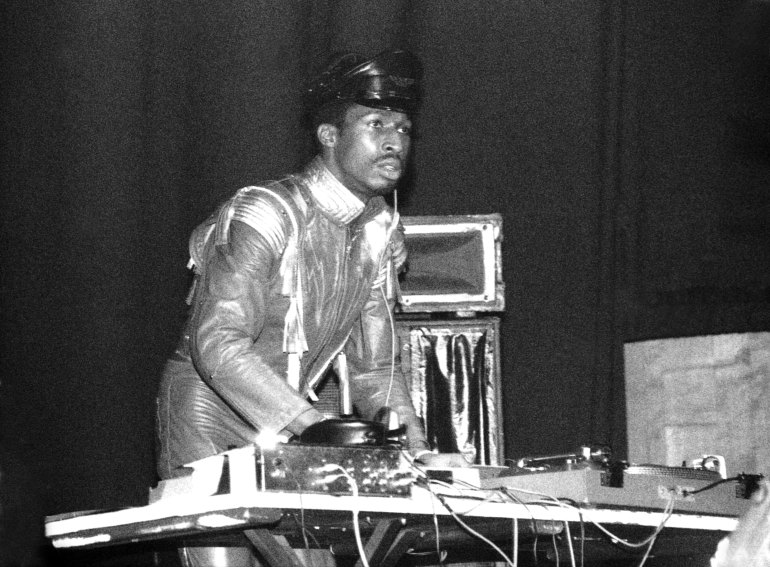
The seeds of hip-hop’s countercultural movement had begun to sprout a decade earlier, in August 1973, when Clive Campbell, better known as DJ Kool Herc, threw a back-to-school party with his sister in the Bronx borough of New York.
They needed a musical act, but hiring one would have been prohibitively expensive. Instead, Kool Herc brought out his own sound system and did what he did best, jumping from one record’s break to another with expert timing.
“He revolted. He did not want to play the disco music we heard on the radio,” rapper Kurtis Blow said in the Netflix series, Hip-Hop Evolution. “He wanted to give us the music that we grew up on – the soul music. And it was incredible, because in a world of disco, here is this DJ coming out playing this special kind of music. And this was so important to the birth of hip-hop, that we’re going to be playing funk music.”
Hip-hop has since grown into a culturally impactful form of artistic expression, gaining millions of fans while tapping into global phenomena. Its addictive beats and powerful political messaging, experts say, have propelled the genre’s broad appeal, from the US to the Global South.
This momentum began to build when Rapper’s Delight, released by The Sugarhill Gang in 1979, was credited with introducing hip-hop to an audience outside the five boroughs of New York. Borrowing from the glitzy and fun-filled themes of mainstream music, the song appealed to a wide cross section of music fans, eventually planting itself on popular shows such as American Bandstand and Soul Train.
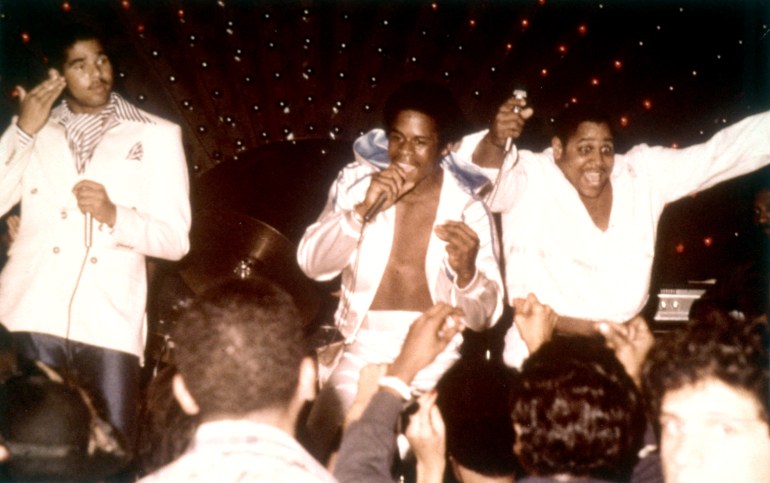
Sending a message
In the years that followed, spurred on by The Message, a budding movement grew alongside the glamorous world of party hip-hop. Through the late 1980s and early 90s, Afrocentricity and Black consciousness started to permeate the culture, Belk noted.
In 1989, artist KRS-One – who popularised the term “edutainment” to describe the use of social commentary via hip-hop music – co-founded a movement called Stop the Violence. Its goal was to address the pervasive violence in Black communities.
The movement released a single titled Self Destruction, accompanied by a music video that delivered anti-violence messaging. It was an unprecedented moment in the industry, spurring other artists to follow suit by tackling issues such as gang violence in their lyrics. Notably, while Self-Destruction focused on artists from the US East Coast scene, a group of artists on the West Coast were inspired to release a complementary track the following year titled We’re All in the Same Gang.
In this era, the political lane of hip-hop functioned like an unofficial advocacy group to combat social ills, experts say.
One of the many pioneers of political hip-hop was Public Enemy, whose very name refers to the marginalisation and targeting of Black people in the US. The group’s work evokes the messaging of organisations such as the Black Panthers and the Nation of Islam, which advocate for African-American rights.
Lakim Shabazz, perhaps best known for his 1988 single Black is Back, was heavily influenced by the Nation of Islam and its offshoot, the Five-Percent Nation. He espoused the importance of Black nationalism and community self-determination in his lyrics:
We got to struggle and fight against apartheid
Who are these people tellin’ us where to live and die?
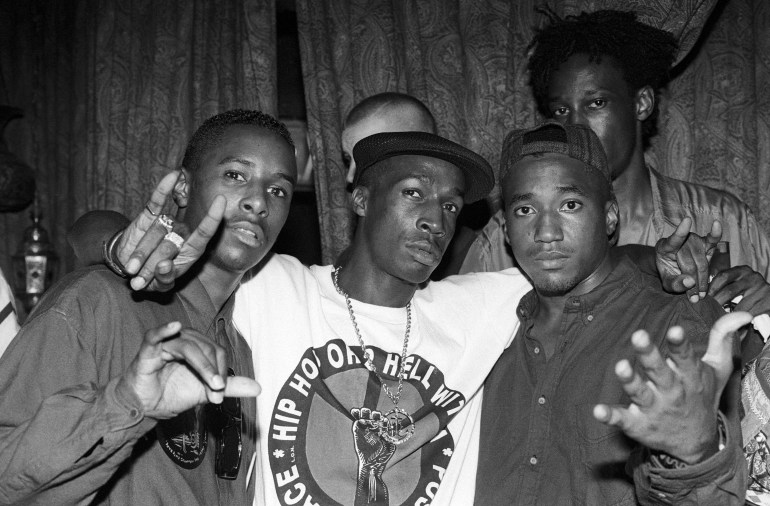
Such influences can be found in intros and songs across the genre, with terms such as “knowledge of self” and “dropping jewels” – attributed to the Five-Percent Nation – becoming hip-hop staples.
“Early hip-hop pioneers talk about the influence of the Nation of Islam in particular, and the messages of community empowerment, self-determination and upliftment,” Su’ad Abdul Khabeer, a professor of Arab and Muslim American studies and author of Muslim Cool: Race, Religion, and Hip Hop in the United States, told Al Jazeera.
Many hip-hop songs and skits are peppered with language and speeches that pay tribute to Black Islam. Big Daddy Kane’s 1988 song Ain’t No Half-Steppin’ contains the lyrics: “Hold up the peace sign, as-salaam alaikum”, referencing the Arabic greeting. In the early 1990s, Brand Nubian released the album, In God We Trust, with the first track titled Allah U Akbar (Arabic for “God is the Greatest”).
Queen Latifah, whose 1989 single Ladies First became an anthem for female empowerment, said she chose her name from an Arabic book and strove to present women as queens in charge of their own destinies.
As recently as 2020, rapper Busta Rhymes, a self-identified member of the Five-Percent Nation, featured Nation of Islam leader Louis Farrakhan on his album.

Shaping identities
The influence of Malcolm X, a Muslim American minister and human rights activist, has been particularly notable. His speeches were cut and remixed in songs throughout the 1990s, a trend that continues to this day.
Gang Starr’s Tonz ‘O’ Gunz, released in 1994 to address the scourge of illegal guns in Black neighbourhoods, kicks off with a snippet from a 1963 speech by Malcolm X: “If violence is wrong in America, violence is wrong abroad. If it’s wrong to be violent defending Black women and Black children and Black babies and Black men, then it’s wrong for America to draft us and make us violent abroad in defence of her.”
The album By All Means Necessary released in 1988 by Boogie Down Productions, drew inspiration for its cover art from the famous photo of Malcolm X peeking through a window while holding a rifle as he guarded his family.
Rap is something you do; hip-hop is something you live
More recently, in a 2022 song titled Michael & Quincy, the American rapper, Nas, referenced the assassination of Malcolm X at the Audubon Ballroom in New York in 1965, with the lyrics:
Malcolm X departed at the Audubon
Seen so many slaughtered I’m numb, never mortified.
While some artists explicitly embrace their Muslim identity, others incorporate such references more subtly, or use hip-hop as a means of expressing their unique experiences, experts say. Just last month, The Jacka, a Muslim lyricist who was shot dead in California in 2015, was honoured with a local art exhibition showcasing his connection with Islam and his impact on the hip-hop scene.
“Black Islam shapes hip-hop. Hip-hop shapes young Muslims to return them to Black Islam,” Khabeer said. While various artists might relate to Islam in different ways, she added, “what they share is an engagement with the Muslim tradition and its unwavering commitment to Black liberation”.
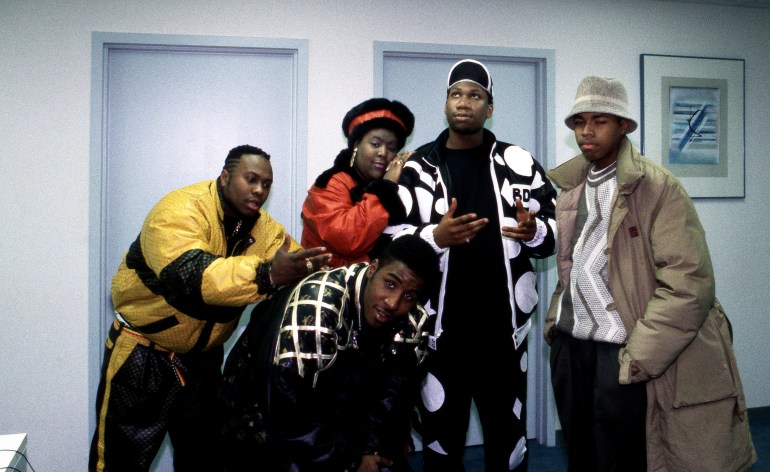
‘On the front lines’
Today, that legacy remains intact, even though political hip-hop might not be as prominent as it was in decades past. According to industry experts, gone are the days when many radio DJs had the autonomy and independence to become tastemakers, as media companies have bought up radio stations and exerted ever-greater control over music promotions. The modern music economy and streaming culture have also dramatically changed how fans discover music.
Wise Intelligent, an American hip-hop artist and author of 3/5 an MC: The Manufacturing of a Dumbed Down Rapper, told Al Jazeera that the genre’s heyday in the 1990s “was a time when the corporations didn’t really understand the power of hip-hop, its influence”.
“These youth, they’re mobilising youth against police terrorism, Rodney King, apartheid South Africa – all of these things,” he said. “The hip-hop community was on the ground, and in the messaging it was, we were on the front lines.”
Indeed, police brutality has long been a common topic in hip-hop, from Large Professor’s Just a Friendly Game of Baseball, which uses the sport as an analogy for how police officers have brutalised members of the Black community, to Rapsody’s 12 Problems, which highlights the lack of official accountability.
Lil Baby, an artist not necessarily known for touching on political subjects, released The Bigger Picture in 2020, with an accompanying video about George Floyd, a Black man whose murder by a Minneapolis police officer sparked massive street protests.
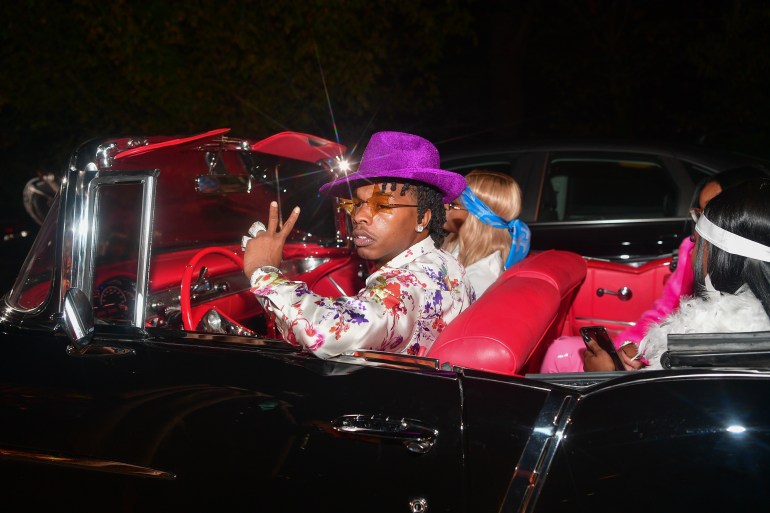
Political topics covered by hip-hop tracks range from the mainstream to the obscure, from the global to the hyperlocal. Public Enemy’s By the Time I Get to Arizona served as a protest against the state’s decision in 1987 to cancel Martin Luther King Jr Day.
Beef by KRS-One, a song about the politics of mass meat production, touts the benefits of vegetarianism and points to the pitfalls of the agribusiness industry:
He has drugs to make the cow grow quicker
Through the stress the cow gets sicker
Twenty-one different drugs are pumped
Into the cow in one big lump.
In a similar vein, Be Healthy by Dead Prez, released in the year 2000, sounds almost like a public service announcement for having a balanced diet:
I don’t eat no meat, no dairy, no sweets
Only ripe vegetables, fresh fruit and whole wheat
I’m from the old school, my household smell like soul food, bro
Curried falafel, barbecued tofu.
Worldwide reach
Although American artists ushered in the era of social commentary via hip-hop, its reach today extends far beyond the West, with lyricists emerging everywhere from the Global South to countries at war.
In Senegal, hip-hop duo Keyti and Xuman address many of the country’s social and political ills through their music; in a project called Journal Rappe, they rap about the latest news, tackling topics that range from terrorism to religion. In Ukraine, which has been at war since Russia’s February 2022 invasion, Alyona Alyona covers everything from body positivity to the ongoing devastation of her country.
In Israel, the controversial track, Charbu Darbu, by hip-hop duo Ness and Stilla – which describes Israeli army units “raining hell” on the “rats” advocating for Palestine – rose to the top of the charts in the wake of the 7 October Hamas attacks, as the Israeli military launched a relentless bombardment of Gaza that has killed more than 26,000 people.

Days after the release of Charbu Darbu, British hip-hop artist and pro-Palestinian activist Lowkey released his own track in solidarity with the people of Gaza. He told Al Jazeera: “I hope that the song can serve as a small part of driving home just how significant these events are for us as humanity. This is a really horrific chapter in human history when it comes to this issue of control and attempt to subjugate a population.”
Regardless of their historical or cultural backgrounds, artists from around the world have for decades used hip-hop as a vehicle for their political views and social ideals. When institutional shortfalls are identified, their lyricism can step in as a reminder that a course correction is needed, experts say.
It can also spur action. Record executive Russell Simmons, co-founder of the Hip-Hop Summit Action Network, used the platform to raise awareness about the need for drug law reforms in New York state in 2003. The following year, new legislation was passed to ease sentencing restrictions for drug offenders.
To this day, hip-hop’s popularity endures, as advocates say the genre creates space for alternative ideas and ways of connecting with the world.
As KRS-One once said: “Rap is something you do; hip-hop is something you live.”


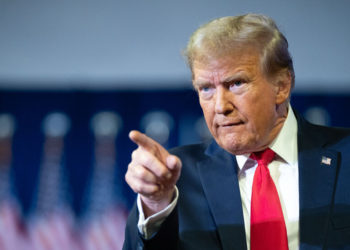

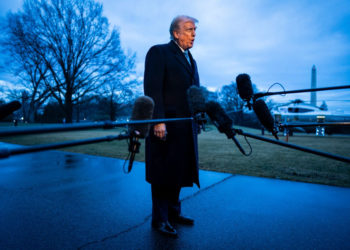


Discussion about this post